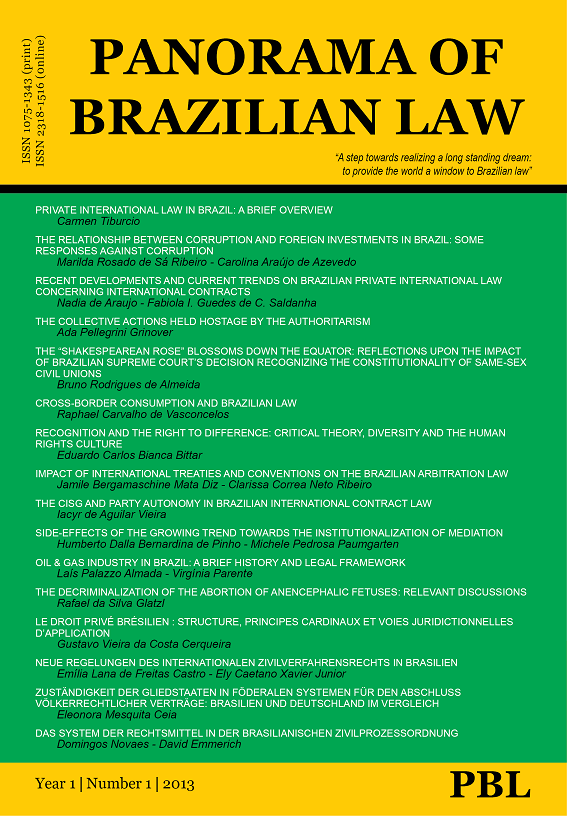OIL & GAS INDUSTRY IN BRAZIL: A BRIEF HISTORY AND LEGAL FRAMEWORK
Περίληψη
The recently announced discovery of potential large-scale reserves in the Brazilian so called pre-salt layer has resulted in a new legal framework for the country. In this new architecture, old and new regulation share the legal arena. Exploring this context, this paper provides an overview of the emergence and evolution of the oil and gas market in Brazil, and discusses the new legal configuration where the prevailing Concession System co-exists with the Production Sharing System and the Onerous Assignment. The conclusion pinpoints the challenges that the country faces in dealing with two energy sources –oil and gas— that will play an increasing role in Brazil’s future. It also indicates that the introduction of competition also has brought new features and improvements to oil and gas industry in Brazil. Structuring a robust legal framework that will foster the necessary investments is not only a challenge for the Brazilian economy, but also one that has to be tackled by many emergent economies with newly hydrocarbon discoveries.Λήψεις
Δημοσιευμένα
2013-05-30
Πώς να δημιουργήσετε Αναφορές
Almada, L. P., & Parente, V. (2013). OIL & GAS INDUSTRY IN BRAZIL: A BRIEF HISTORY AND LEGAL FRAMEWORK. PANORAMA OF BRAZILIAN LAW, 1(1), 223–252. ανακτήθηκε από https://www.e-publicacoes.uerj.br/pbl/article/view/34368
Τεύχος
Ενότητα
Articles
Άδεια
Panorama of Brazilian Law employs Open Journal Access policies.
Authors are fully and exclusively responsible for their submissions.
Authors who publish with this journal agree to the following terms:
- Authors retain copyright and grant the journal right of first publication with the work simultaneously licensed under a Creative Commons Attribution-NonCommercial-ShareAlike 4.0 International License that allows others to share the work on a non-comercial basis with an acknowledgement of the work's authorship and initial publication in this journal and indicating if any changes were made. If you remix, transform, or build upon the material, you must distribute your contributions under the same license as the original.
- Authors are able to enter into separate, additional contractual arrangements for the non-exclusive distribution of the journal's published version of the work (e.g., post it to an institutional repository or publish it in a book), with an acknowledgement of its initial publication in this journal.

